MBI PhD Qualifying Exam
Time: 10am
Date: 18 Feb 2019, Monday
Venue: MBI, Level 5 Seminar Roon
Supervisor: Prof. Paul Matsudaira
Mechanobiology of Posterior Capsular Opacification: Lens capsule and lens cell dynamics in PCO
By Divyanshu MISHRA, Matsudaira’s Group
Posterior Capsular Opacification (PCO) is a vision-severing condition post cataract surgery as a result of extracellular matrix protein deposition and contraction of the lens capsule due to lens epithelial cell migration, proliferation, and differentiation on the posterior side of the lens capsule. As a result of ongoing research in the mechanism of PCO using both in vitro and in vivo models, the occurrence rate of PCO has reduced, “but not yet eradicated”. Since mechanical and biochemical environment influences cell dynamics, it is important to incorporate the lens capsule properties in the substrate of a PCO model. Apart from elucidating the mechanism of PCO development, such as model can also act as a robust platform to test intraoccular lens (IOLs) rapidly. The current project aims to develop an in vitro model for PCO where the substrate for cell culture can recapitulate the properties of the lens capsule. Further, this model would be used to study the migration of lens epithelial cells on a lens capsule mimetic viscoelastic substrate. The developments would be crucial for the design of industrial IOLs.
**Please note the examination following the seminar is closed-door**



